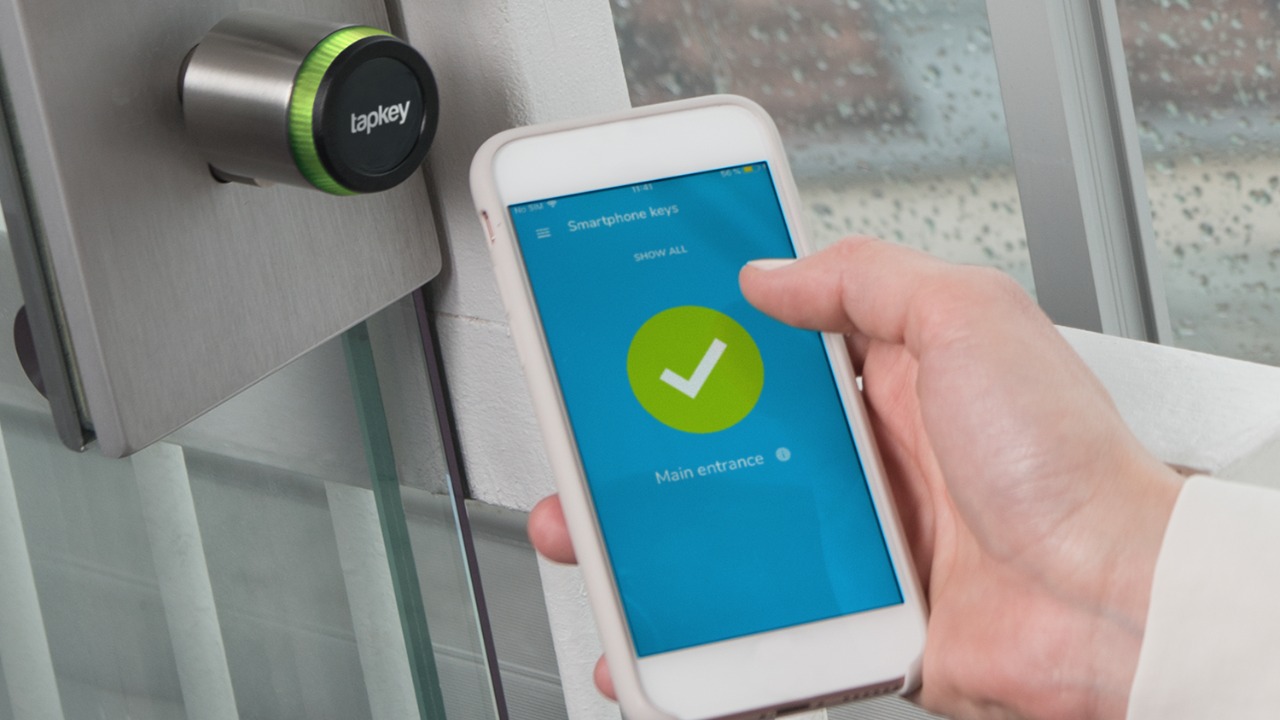
As the world becomes increasingly connected, smart locks have gained popularity for their convenience and modern features. However, not all smart locks are created equal, and some have vulnerabilities that can be exploited by hackers. Here are five smart locks that have been found to be easily hacked, raising concerns about their security.
Smart Lock Model A
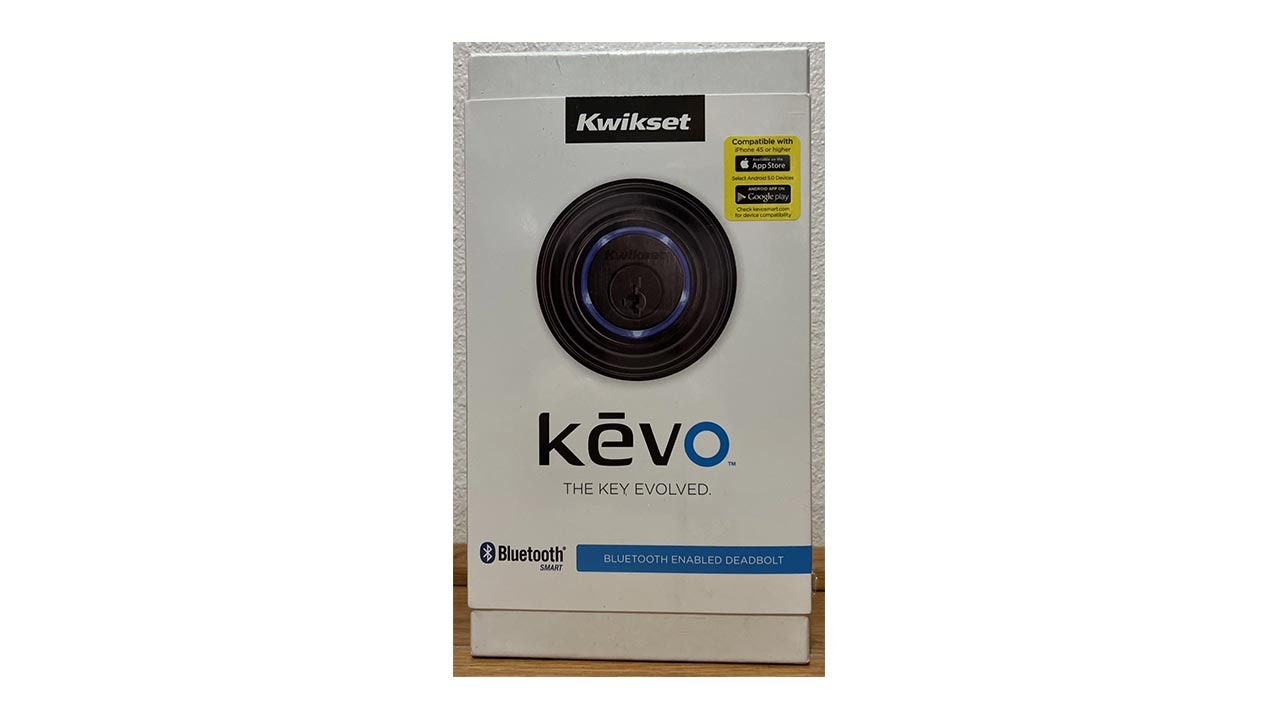
The Kwikset Kevo is a popular smart lock that uses Bluetooth technology for keyless entry. Unfortunately, it has been criticized for its susceptibility to brute-force attacks. Hackers can exploit this vulnerability by using a Bluetooth scanner to detect the lock and then repeatedly attempt to pair with it until they gain access. This issue highlights the need for stronger encryption and better security measures in Bluetooth-enabled devices.
Security researchers have demonstrated how easy it is to bypass the Kevo’s security features by exploiting its weak Bluetooth pairing process. Homeowners using this lock should be aware of these vulnerabilities and consider additional security measures. For more insights on digital lock security, you can check this article.
Smart Lock Model B
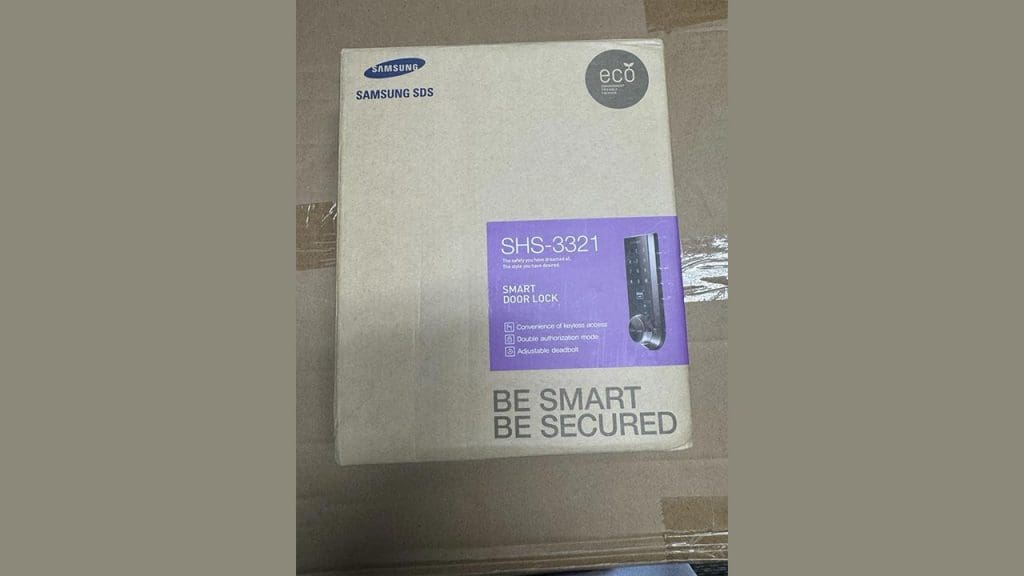
The Samsung Smart Lock SHS-3321 is another device that has raised security concerns. This lock relies on a fingerprint scanner for biometric access, but many security experts have pointed out that fingerprint scanners can be tricked using fake fingerprints or other methods. Reports have shown that even a child can bypass the security by using a mold of the authorized user’s fingerprint.
Despite its high-tech appearance, the SHS-3321’s fingerprint security is not foolproof. Hackers have been able to exploit these vulnerabilities, as discussed in this Fox News article. Users should consider pairing it with other security measures to ensure their home remains secure.
Smart Lock Model C
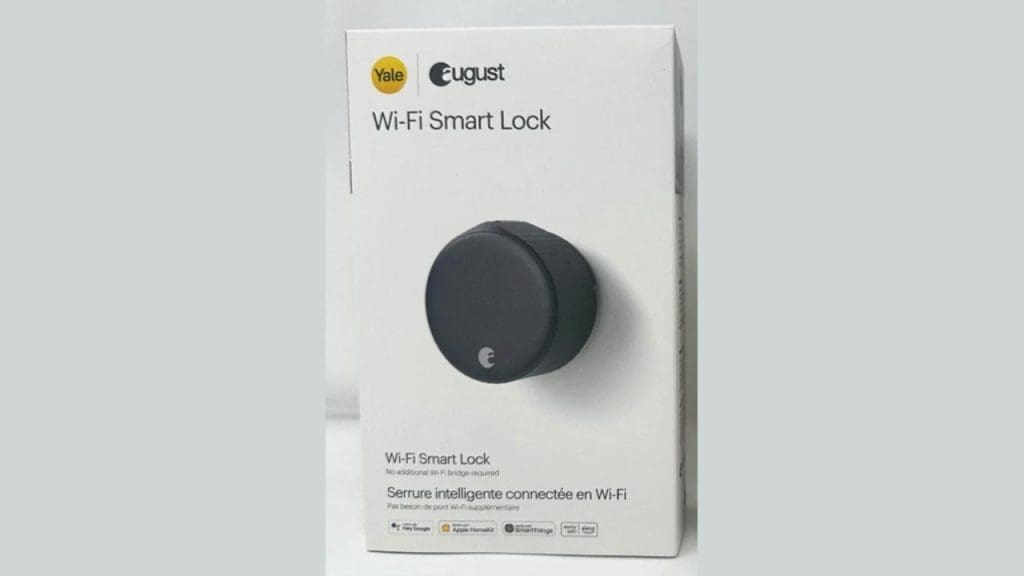
The August Smart Lock is renowned for its ease of installation and use, but it has not been immune to security flaws. One of the main issues arises from its reliance on the homeowner’s smartphone for access. If a hacker can gain access to the user’s smartphone, they can potentially unlock the door remotely. This emphasizes the importance of securing not just the lock, but also the connected devices.
Moreover, the August Smart Lock has been found vulnerable to replay attacks, where hackers intercept the communication between the lock and the smartphone. This vulnerability has been discussed in various forums, including Reddit discussions where users shared their experiences with smart lock hacking.
Smart Lock Model D
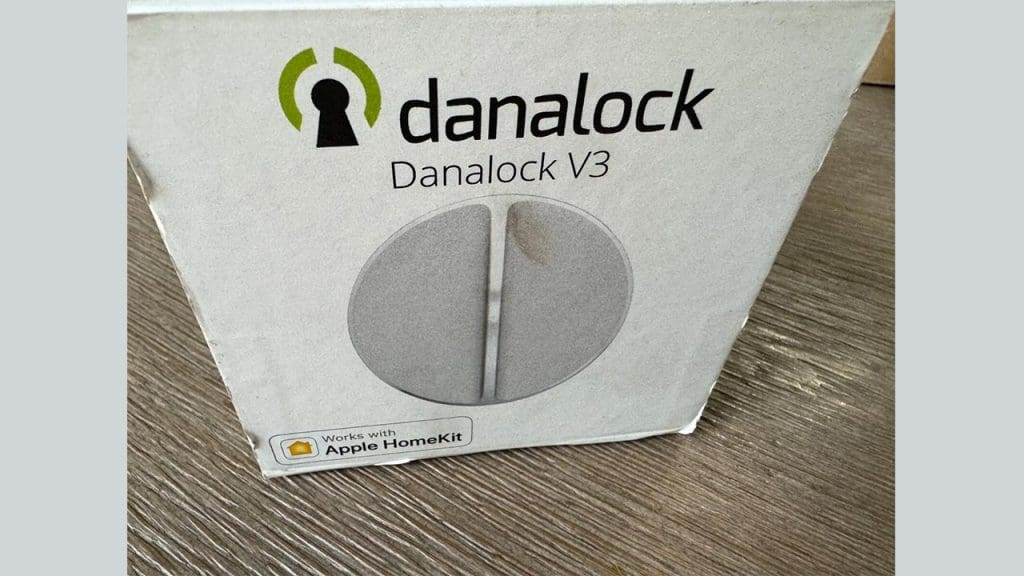
The Danalock V3 has been praised for its sleek design and integration capabilities, but it has also been identified as a target for hackers due to its reliance on Z-Wave technology. While Z-Wave is generally considered secure, vulnerabilities have been discovered that allow hackers to intercept the communication between the lock and the control device.
Security experts have emphasized the risks associated with unsupported IoT technologies, such as Z-Wave, and the potential for security breaches. For more information on these risks, you can refer to this article on unsupported IoT tech security risks.
Smart Lock Model E
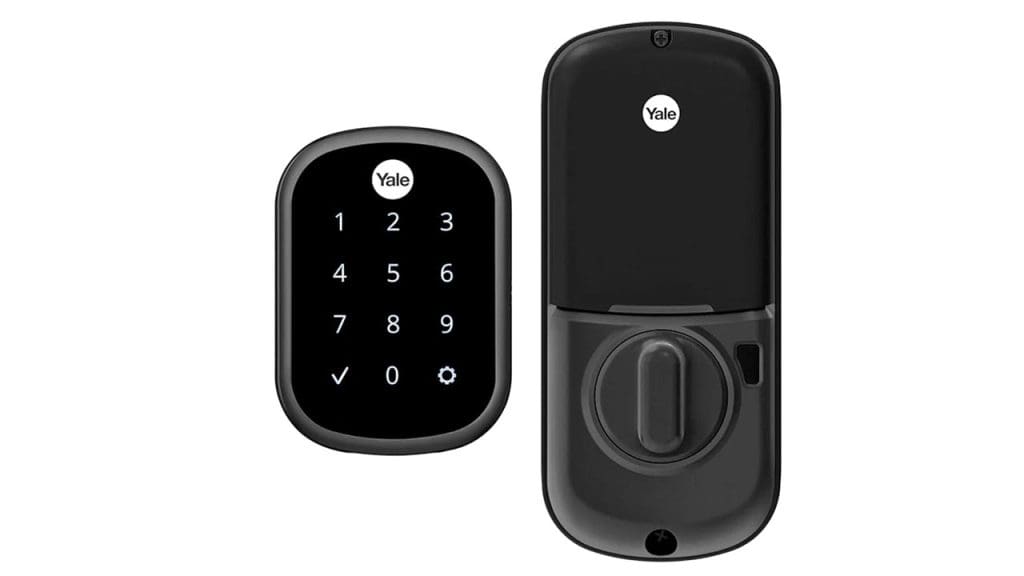
The Yale Real Living Assure Lock SL is a popular choice for those looking for a keypad entry system. However, it has been found vulnerable to certain types of attacks that exploit its wireless communication protocols. Hackers can use a technique known as “man-in-the-middle” attacks to intercept and alter the signals between the lock and the user’s device.
This vulnerability raises concerns about the security of wireless communication in smart locks, as highlighted in several studies, including this research article. Users are advised to keep their devices updated and consider additional layers of security to protect against these risks.